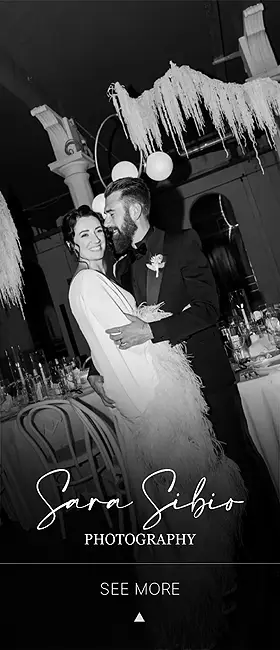Love stories often begin with a rush of fireworks, but over time, the glitter can fade and reveal something more complicated. Many people step into relationships hoping to feel complete, to mend old wounds, or to silence the ache of loneliness. This pursuit often leads to patterns that quietly steal away joy. One of the most common is codependency—a way of relating where one partner’s sense of worth hinges on the other’s approval.
It can feel romantic at first, the constant giving, the devotion, the sense of being needed. But beneath the surface, cracks start forming. Boundaries blur, identities shrink, and resentment creeps in. Codependency doesn’t build bridges; it builds cages. And yet, hidden in this struggle lies a doorway—a chance to shift from clinging to love out of fear to embracing it as a sacred meeting of two whole beings.
What Codependency Really Means
In many relationships, codependency is subtle. One partner might always cancel plans with friends to keep the other happy. Another might stay silent to avoid conflict, even when something feels wrong. Over time, these small compromises pile up until the relationship feels like walking on eggshells.
At its heart, codependency is about losing touch with one’s own voice. Needs are minimized or dismissed, replaced by the constant question, what will make them stay? It may sound selfless, but in truth, it erodes the very thing love thrives on—authenticity. When everything revolves around pleasing another, the spark of individuality dims.
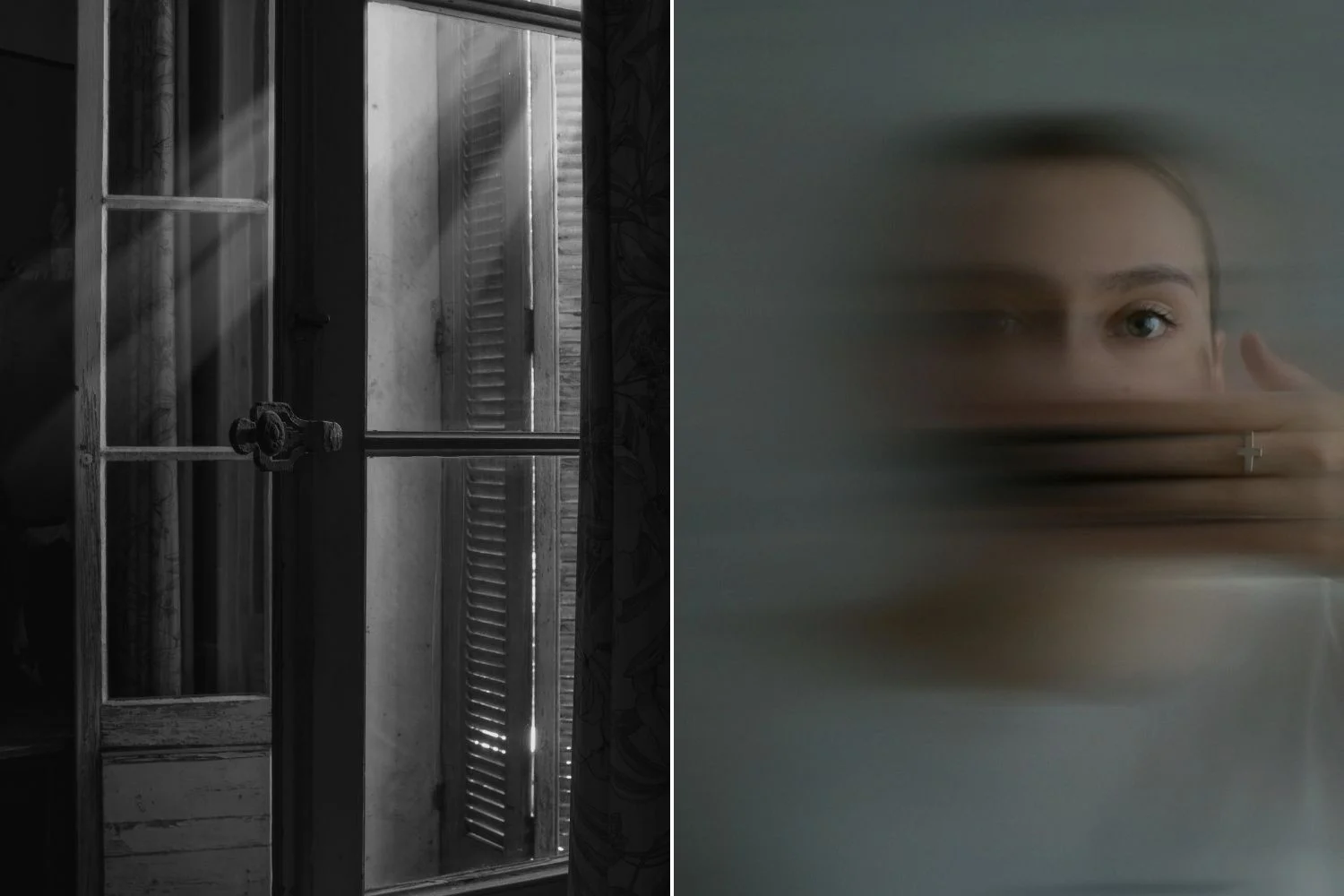
The Hidden Cost
The emotional toll of codependency is heavy, even if it doesn’t show right away. Anxiety grows when the other person pulls away, guilt surfaces when personal needs take priority, and a deep fear of rejection lingers in the background. Over time, this cycle leaves a person feeling hollow, like a shadow of themselves.
It’s like carrying an invisible weight—smiles are worn, affection is given, but the core is restless. And when love becomes a transaction of “I give so you won’t leave,” the connection stops being love at all. It becomes survival dressed up as devotion.
Shifting the Story
Breaking free from these patterns doesn’t happen overnight. The first step is awareness—seeing the ways codependency shows up and daring to question them. It might mean pausing before automatically saying yes, or noticing the knot in the stomach when setting a boundary. Each small act of self-awareness loosens the grip of old habits.
This is not about blaming or shaming. It’s about rewriting the story of love, one choice at a time. Where once the script was written in fear—fear of loss, fear of rejection—it slowly becomes guided by respect, for oneself and for the relationship.
Self Love as the Foundation
Self-love is often mistaken for pampering, but it’s far deeper. It is the steady decision to treat oneself with care, even when the world feels chaotic. It’s the quiet voice that says, I matter too. Without this foundation, relationships wobble. With it, they thrive.
Self-love builds an inner sanctuary. No matter what happens outside, there is a sense of being grounded. This doesn’t mean shutting others out, but rather entering relationships with a full cup instead of an empty one. Love offered from overflow is richer, freer, and far more sustainable.
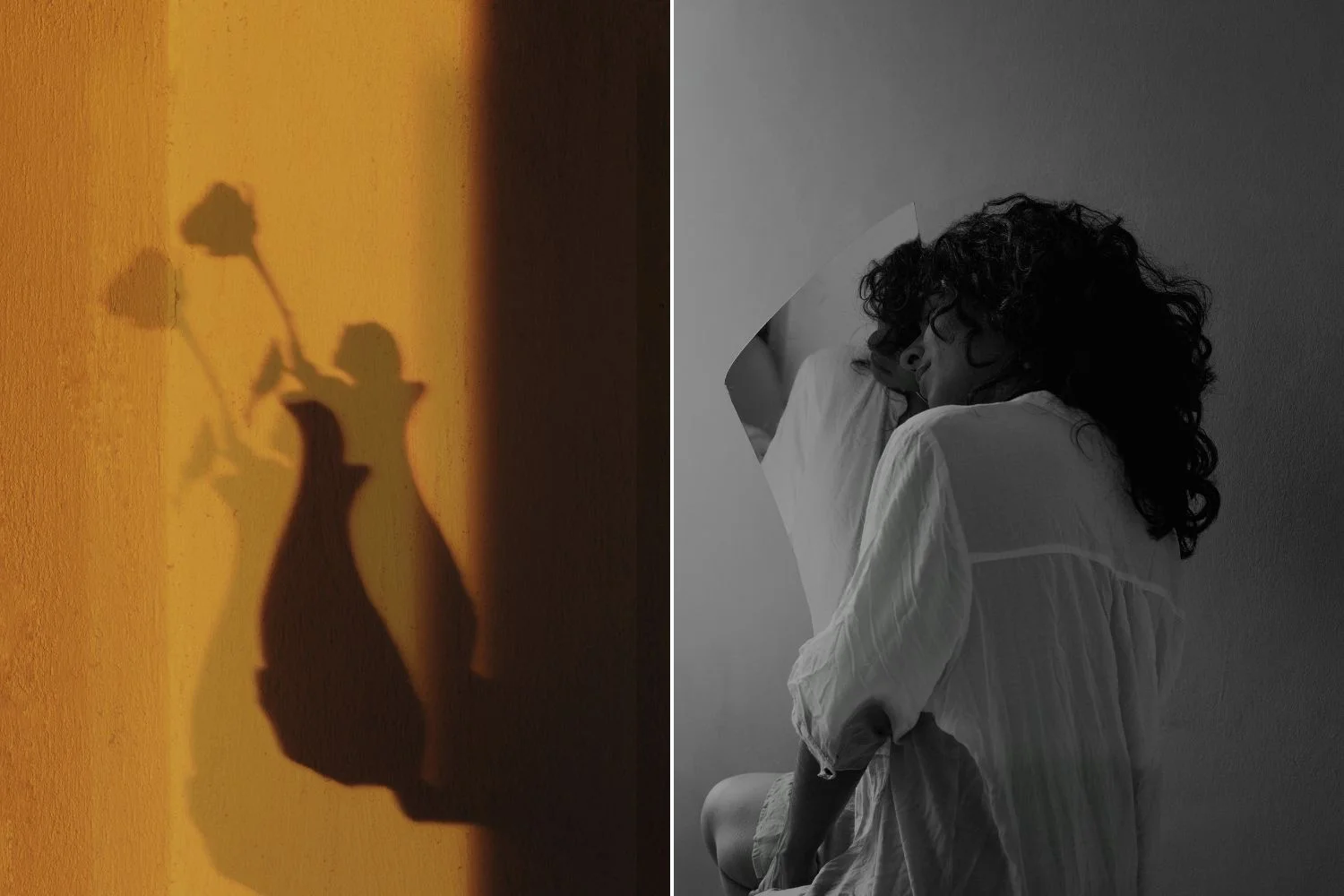
Small Practices with Big Shifts
Practical steps toward self-love often start simply.
- Speaking gently to yourself when mistakes happen.
- Saying no without apology when something doesn’t align.
- Journaling, releasing the weight of unspoken thoughts.
- Pausing in the morning for a breath, a stretch, a reminder that the day is your own.
- Noticing victories, however small—like choosing rest instead of overcommitment.
These habits may seem small, but together they create a foundation strong enough to carry deeper connections. They teach the heart that it does not need to beg for love, because it already holds love within.
Love Transformed
When self-love takes root, relationships begin to look different. They stop being a desperate search for completion and start becoming a choice—a choice to share life, to build together, to grow side by side. This is where the idea of divine union takes shape.
Divine union is not a flawless fairytale. It’s two individuals who have faced their own shadows and still choose to stand in the light together. Instead of filling each other’s voids, they celebrate each other’s fullness. Instead of fear dictating the bond, respect and curiosity guide the way.
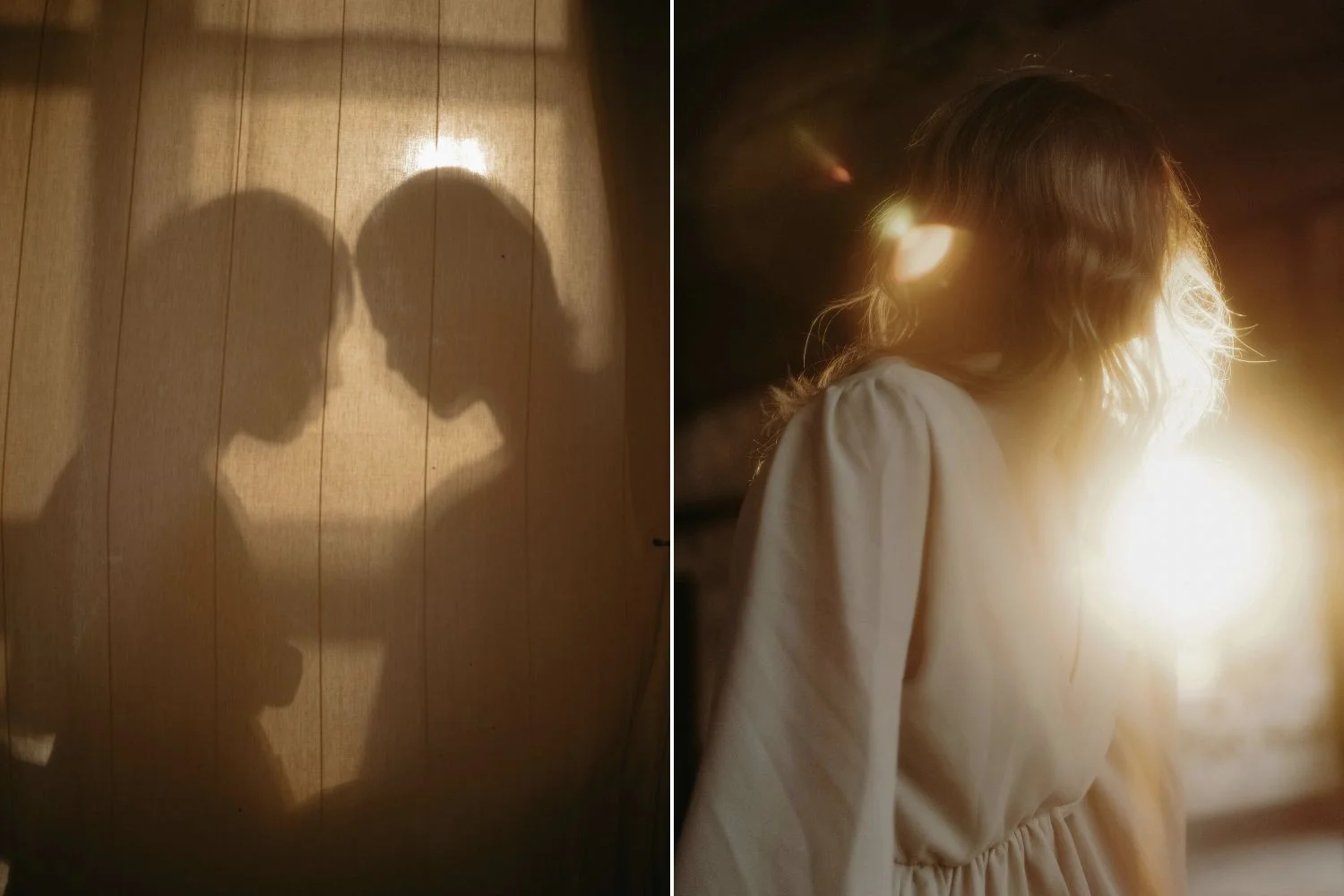
Signs of a New Kind of Love
Certain shifts reveal when a relationship is moving closer to divine union:
- Solitude feels peaceful rather than threatening.
- Boundaries are respected without guilt or manipulation.
- Each partner encourages growth instead of fearing change.
- Energy between giving and receiving feels balanced, not one-sided.
- Conversations touch not just daily tasks, but purpose, dreams, and spirit.
These are not grand gestures but steady patterns that weave a stronger fabric. Love becomes less about clinging and more about expanding.
The Mirror of Partnership
In spiritual traditions, love is often described as a mirror. A divine union reflects both beauty and imperfection, not to wound but to awaken. A careless word might reveal an old scar that needs healing. A moment of tenderness might uncover a part of the soul long hidden.
This mirror is not always easy to face, but it is sacred. It shows not only who we are but who we are becoming. And when two people hold that mirror for each other with kindness, the relationship itself becomes a path of transformation.
Beyond Romance
Divine union isn’t confined to weddings or romance. It can echo in deep friendships, in family bonds, or even in the relationship one builds with life itself. But in the realm of marriage, where vows are spoken and futures entwined, this concept shines with particular intensity.
A wedding rooted in divine union is not just about the celebration—it’s about the quiet promise beneath the ceremony. It’s the understanding that love is not ownership but partnership, not perfection but growth.
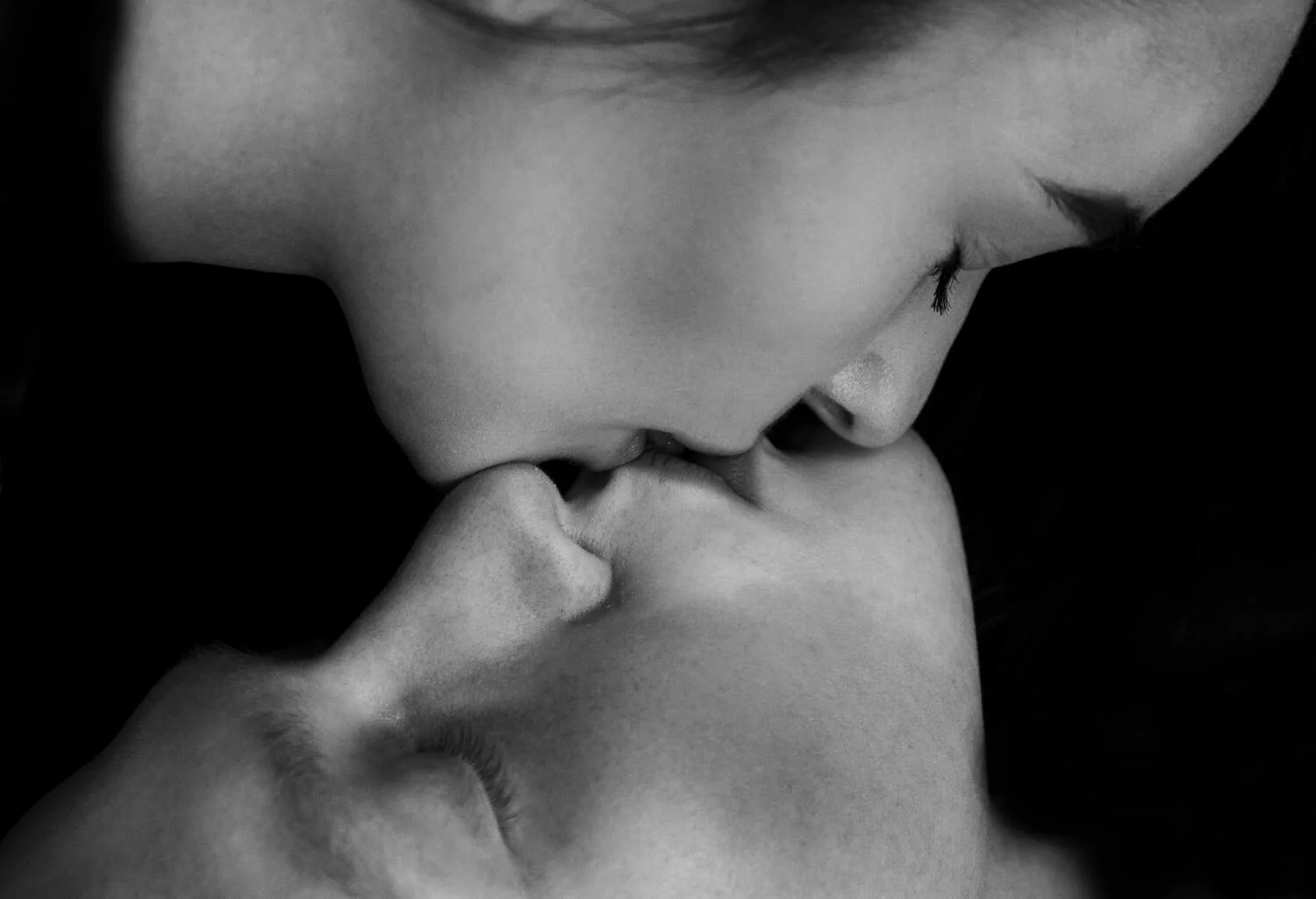
The Wedding as Ritual
When seen through this lens, the wedding day becomes more than a party. It is a ritual, a threshold between old patterns and new possibilities. Standing before witnesses, couples declare not just their love, but their intention to honor themselves and each other as whole beings.
The music, the flowers, the vows—all become symbols of this deeper truth. The day is radiant not because it is flawless, but because it marks the beginning of a sacred journey.
The Path is Ongoing
Divine union is not a destination stamped by rings or sealed by signatures. It is lived daily, in the small choices that shape the rhythm of life. Sharing a meal, resolving an argument, holding hands in silence—these moments carry more weight than grand declarations.
Some days the path feels effortless, like a dance. Other days, it feels tangled and messy. But the commitment to return, to keep choosing love from a place of wholeness, is what sustains the union.
The Transformation Within
The most profound truth is this: divine union begins not with finding another, but with discovering oneself. When an individual learns to rest in their own worth, to care for their own heart, they bring a different energy into every relationship. The union then becomes not a place of need but of overflow.
And from that place, love is no longer fragile. It becomes resilient, luminous, and deeply alive.
The journey from codependency to divine union is a movement from fear to freedom, from grasping to giving, from emptiness to wholeness. It is not an easy road, nor a perfect one, but it is a worthy one. Along the way, self-love becomes both compass and anchor, guiding the heart toward connections that reflect not desperation, but true devotion.
For those preparing to step into marriage, or those already walking the path, this truth matters most: the deepest love story begins within. When two whole hearts meet, they do not complete each other—they create something greater, something divine.
Author: BRIDELIFESTYLE





